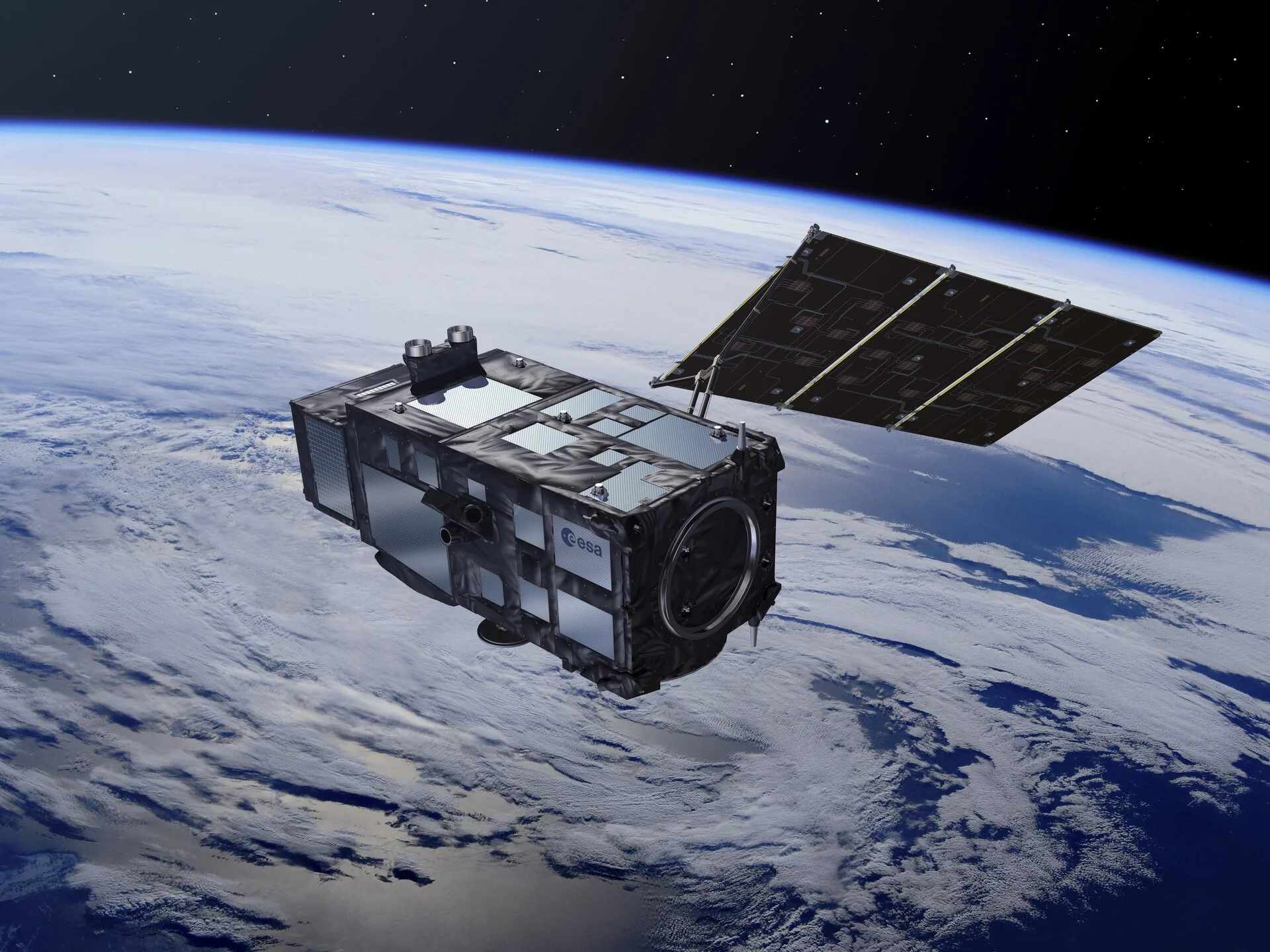AIMS OF PRIMUS
PRIMUS (PRIMary Productivity in Upwelling Systems) aims at producing a 25-year time series of 1-km net primary productivity (NPP) in all Atlantic EBUS, and experimentally, at higher-resolution (300m), using the unique capabilities of the MERIS and OLCI satellite remote sensing sensors, in combination with upwelling indices from different data sources, existing in-situ data, and ocean circulation modelling. Our plan is to design and implementing a novel research plan for consolidating and advancing the current understanding of Atlantic EBUS, specifically addressing the spatiotemporal variability of NPP, its relation to wind-induced upwelling, its impact on Earth system processes, and effects on socio-economically important activities.
By doing so, PRIMUS will address the broader ESA 4DAtlantic overarching goals: (1) contribute to develop the next generation of ocean geo-information products, (2) address major knowledge gaps in ocean sciences, (3) transfer novel science results into solutions for society.
Ultimately, activities resulting from PRIMUS are expected to contribute to: - The All Atlantic Ocean Research Alliance promoted by the EU; - The EU Destination Earth initiative; - The United Nations Decade of Ocean Science for Sustainable Development (2021-2030); - The scientific efforts of major international science groups such as CLIVAR, IMBeR and SOLAS.
where and how will we do it?
First, we will create or add to databases of relevant Earth Observation (EO) and in situ data of NPP (as well as other elements of the carbon cycle impacted by EBUS) to produce a new 1-km version of the long-term climate quality ESA OC CCI dataset and leverage the unique resolution and spectral band capabilities of ESA MERIS and OLCI satellite instruments. In-situ data will be mined from the scientific literature, existing databases, and be provided by our collaborators, notably in the regularly sampled Galician Sea component of the Iberian upwelling system, as well as other regions of interest of the Canary current system (i.e., Portuguese coast and NW African coast), and the Benguela upwelling system.
Second, we will investigate and develop prototype products and perform a thorough validation of the products from two existing NPP models for Atlantic EBUS, using a number of criteria including accuracy (with respect to in situ data), computational efficiency, and appropriateness for specific regions or science applications.
Third, we will generate and validate a “4DAtlantic Experimental Dataset” of EO-based Atlantic EBUS data spanning over 25 years, while making use of recently available data from Sentinel 3 for an experimental high resolution NPP product.
Sentinel-3 is a satellite equipped with a suite of state-of-the-art instruments by the European Space Agency (ESA) for systematically measuring the characteristics of the Earth’s oceans, land, ice and atmosphere to monitoring and understanding large-scale global dynamics, crucial to inform and forecast on the ocean and weather. The unique 300 m resolution of the ESA MERIS and ESA/Copernicus Sentinel 3 OLCI instruments give an view of the distribution of Chl-a and offer the unprecedented potential to estimate NPP within the main Galician rias and on the adjacent continental shelf. To our knowledge satellite derived estimation of NPP has never been attempted at this resolution. PRIMUS will contribute to fill this gap by generating and validating a “4DAtlantic Experimental Dataset” of EO-based Atlantic EBUS data, based on recent data from Sentinel-3.
Finally, we will use the produced data to advance Earth System science analyses covering Atlantic EBUS temporal and spatial variability in NPP and its statistical relationship to upwelling and climate indices (such as the North Atlantic Oscillation - NAO). We will also operate eight further science cases in specific science areas / regional settings, such as aquaculture in Galicia, or fisheries and eutrophication in the Portuguese upwelling region. In addition we will investigate: potential EBUS impacts on ocean carbon pools; Lagrangian estimates of NPP; and air-sea interaction and acidification impacts. Science cases will make use of EO data, in situ data as well as numerical model outputs (freely available through Copernicus and elsewhere) to investigate the 4D character of EBUS, for example linking Lagrangian NPP with sediment traps samples at depth.
These are the Atlantic EBUS regions (white ellipses) and respective in-situ sampling locations (red stars) which will be investigated in PRIMUS, with the surface distribution of Chl-a concentrations in the background: Iberia, Canary and Benguela upwelling regions.
In order to demonstrate wider socio-economic relevance and impact, PRIMUS will also conduct demonstrations that transfers science into solutions for society, working together with scientific, agency, policy and commercial early-adopters, building on three of the science case studies (concerning EBUS and aquaculture, fisheries and eutrophication monitoring); affiliating with the Future Earth Coasts initiative; evaluating transition of data production to operational initiatives such as Copernicus and GMES and Africa; and the potential for exploitation by the European and international ecosystem modelling community.
Based on the project results and wider consultations, PRIMUS will ultimately develop a scientific roadmap in the form of a peer-reviewed paper, posing scientific challenges and observations gaps that need to be addressed over the 2023 to 2027 timeframe, which will include a wide-ranging consultation with relevant stakeholders and early-adopters.


